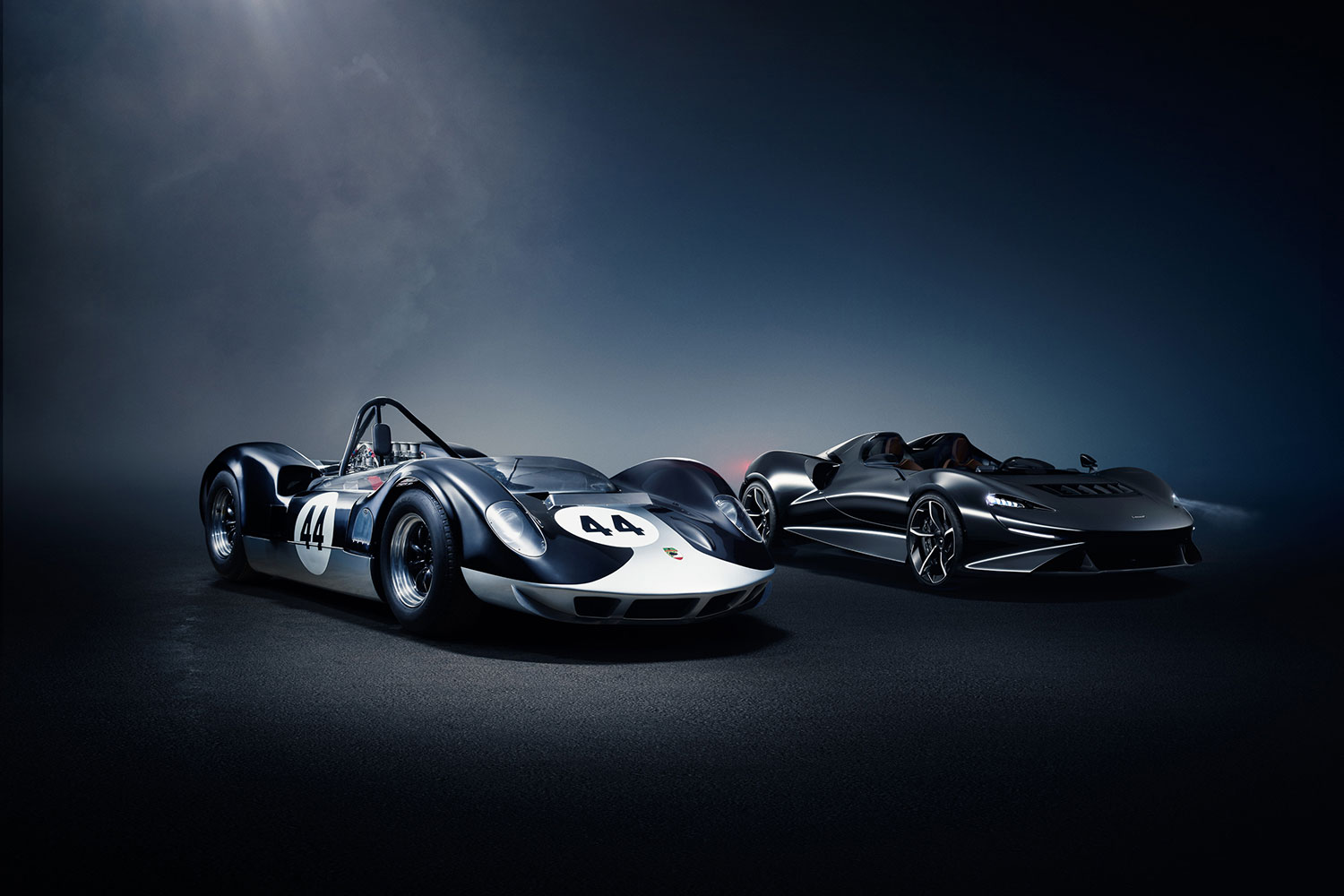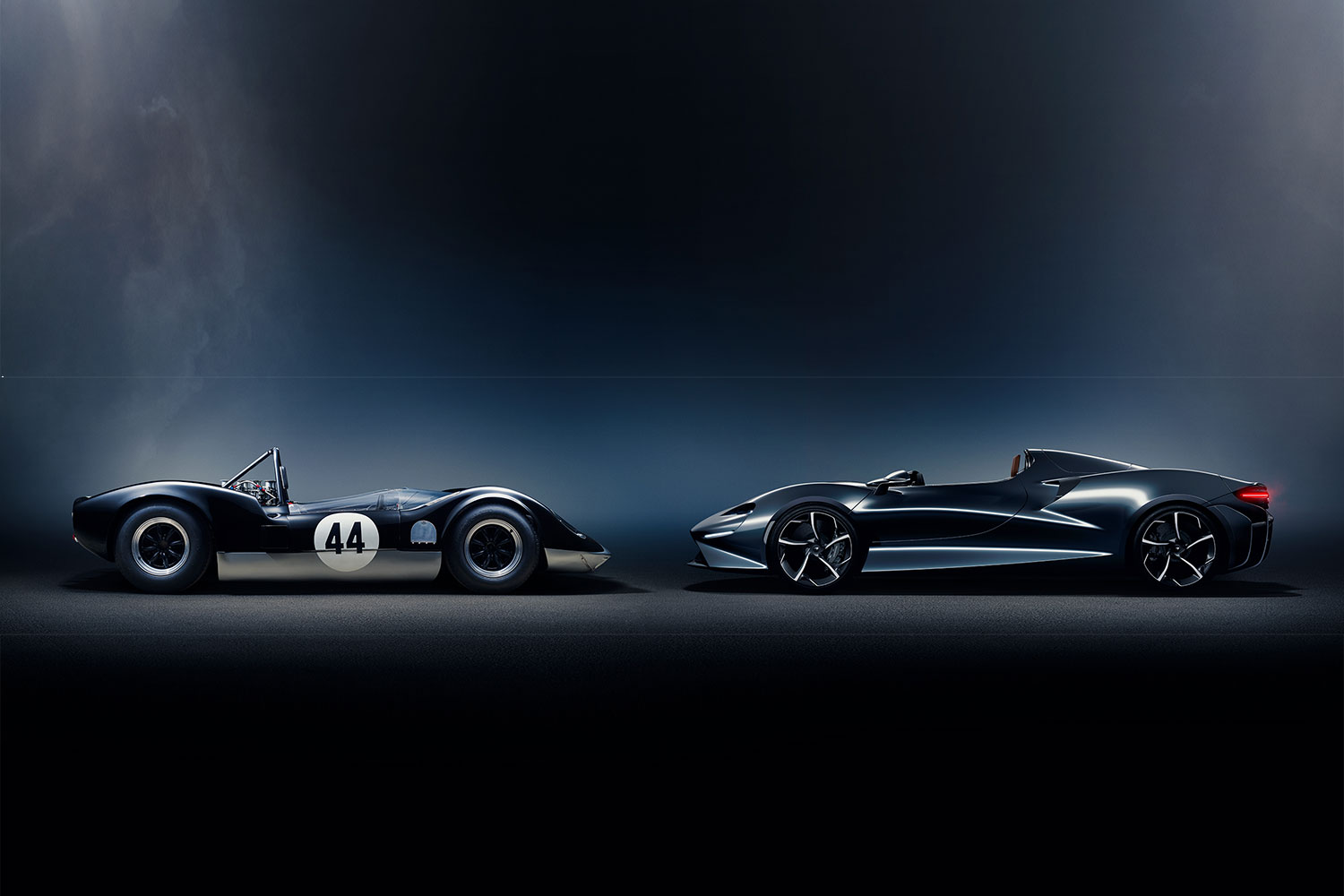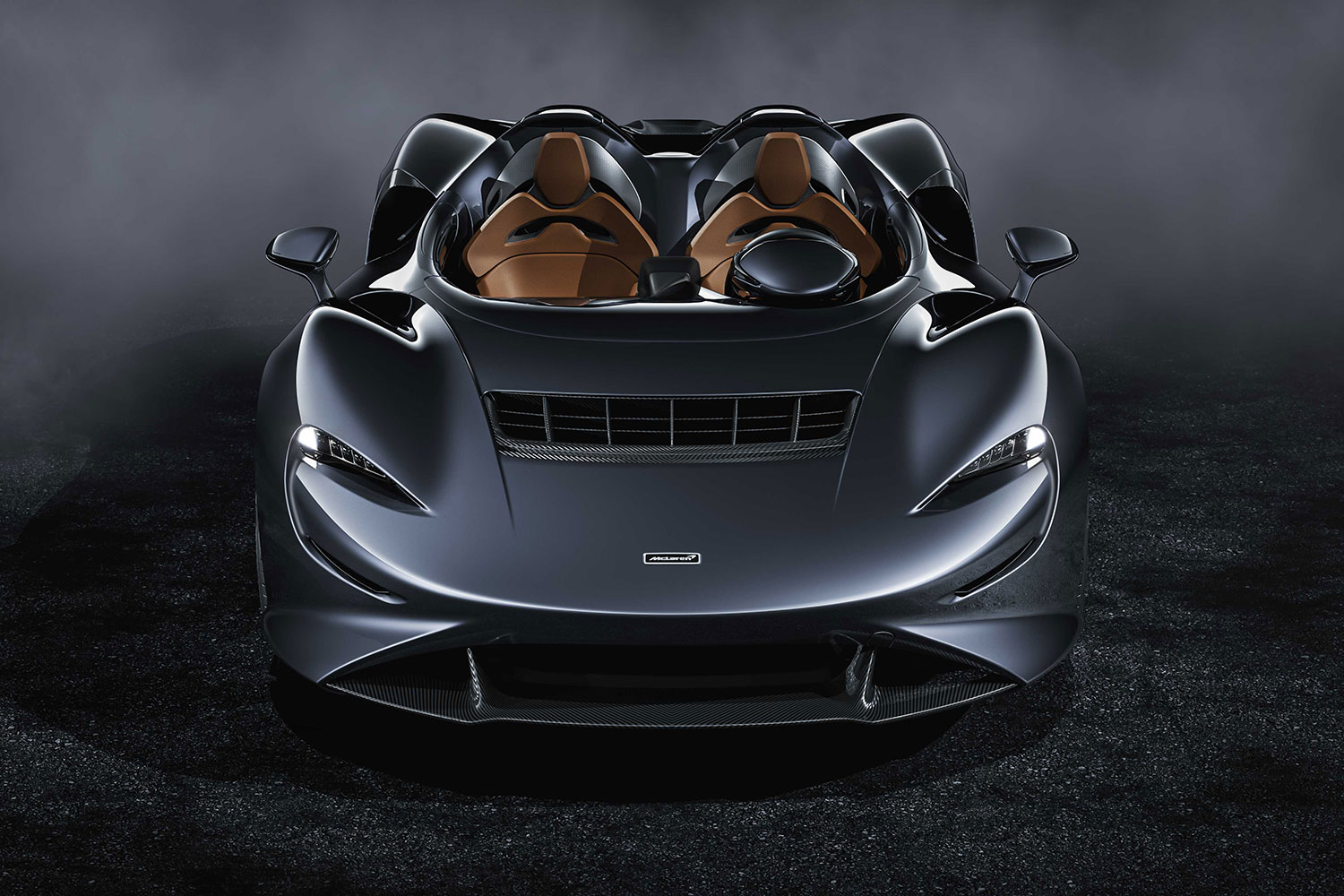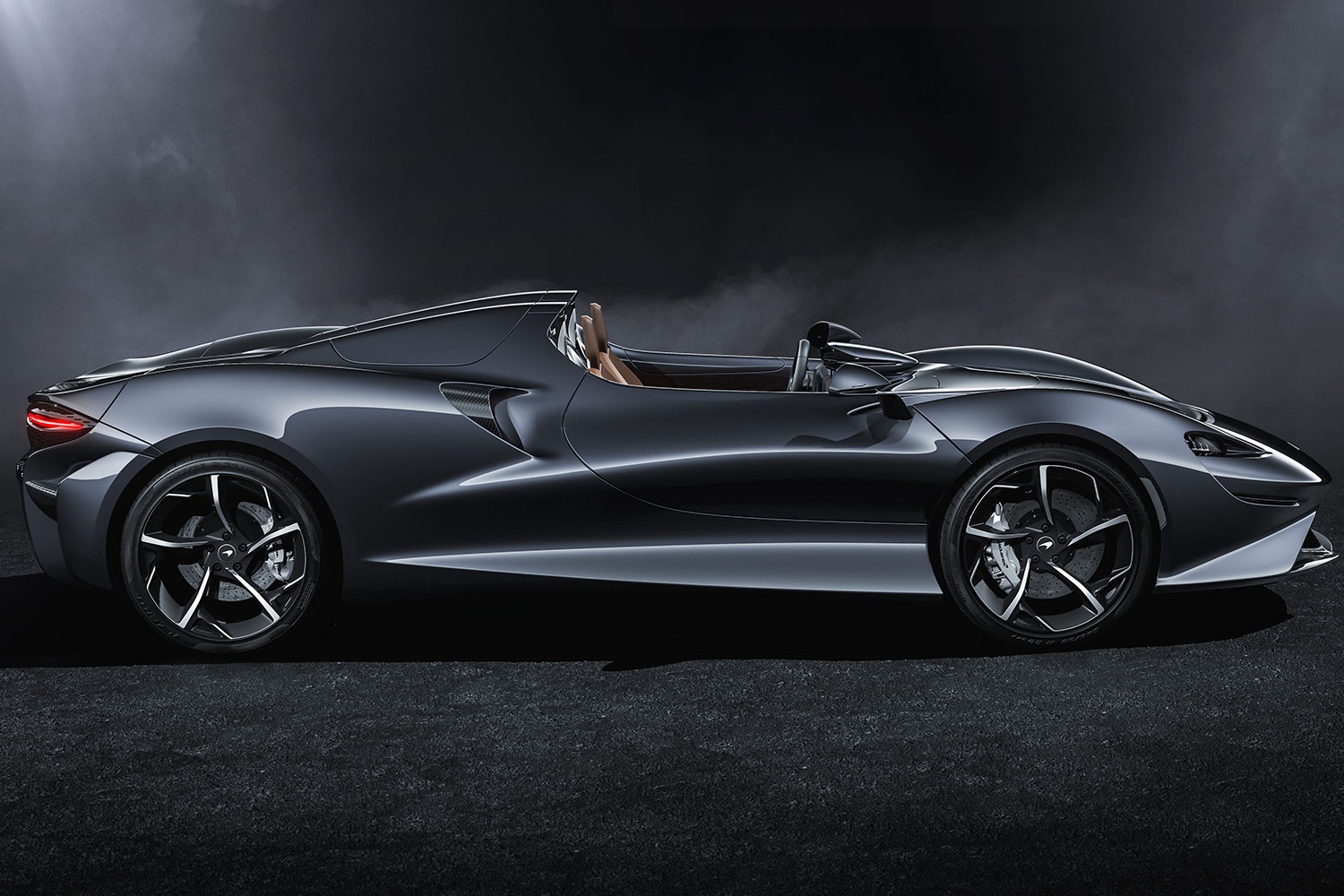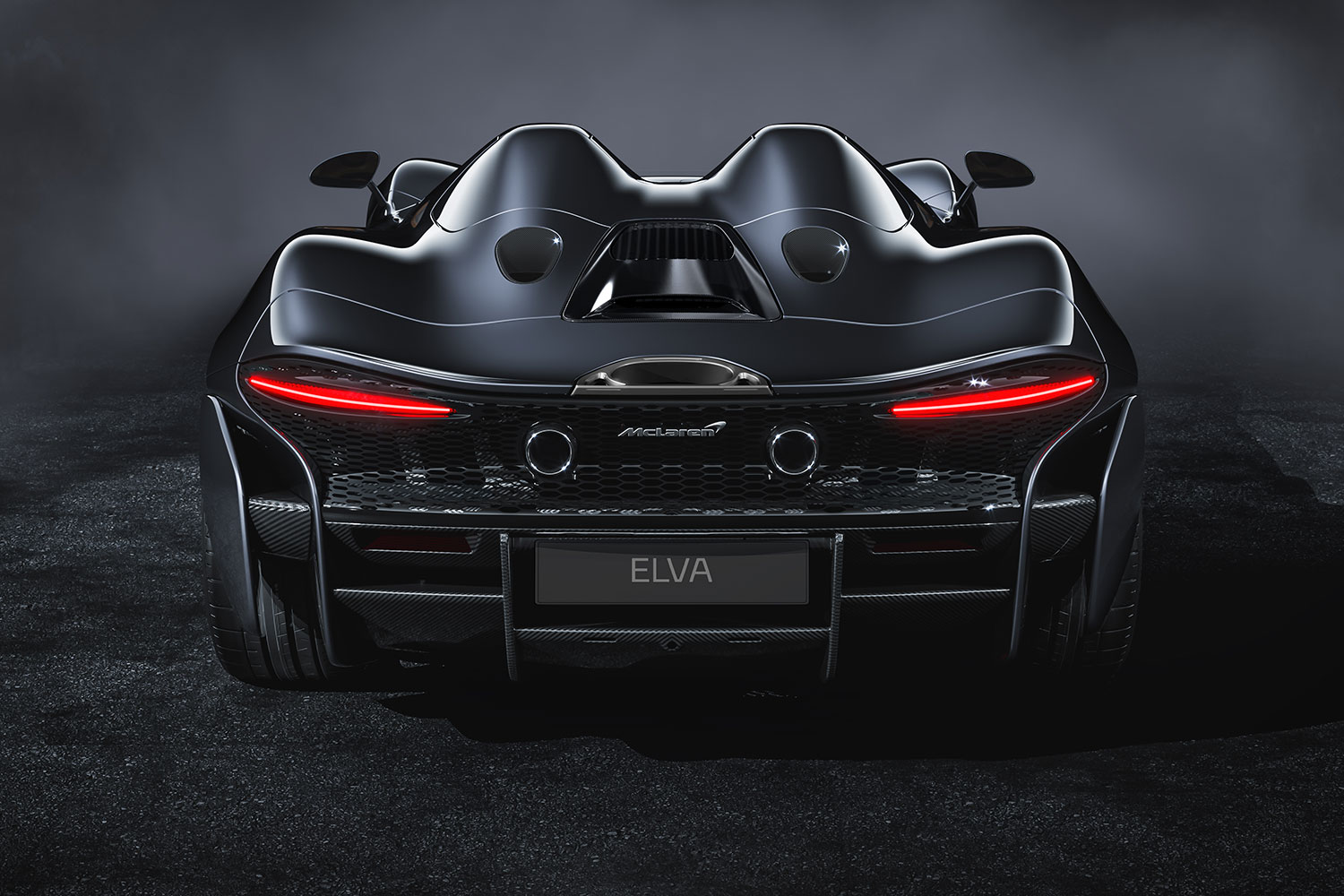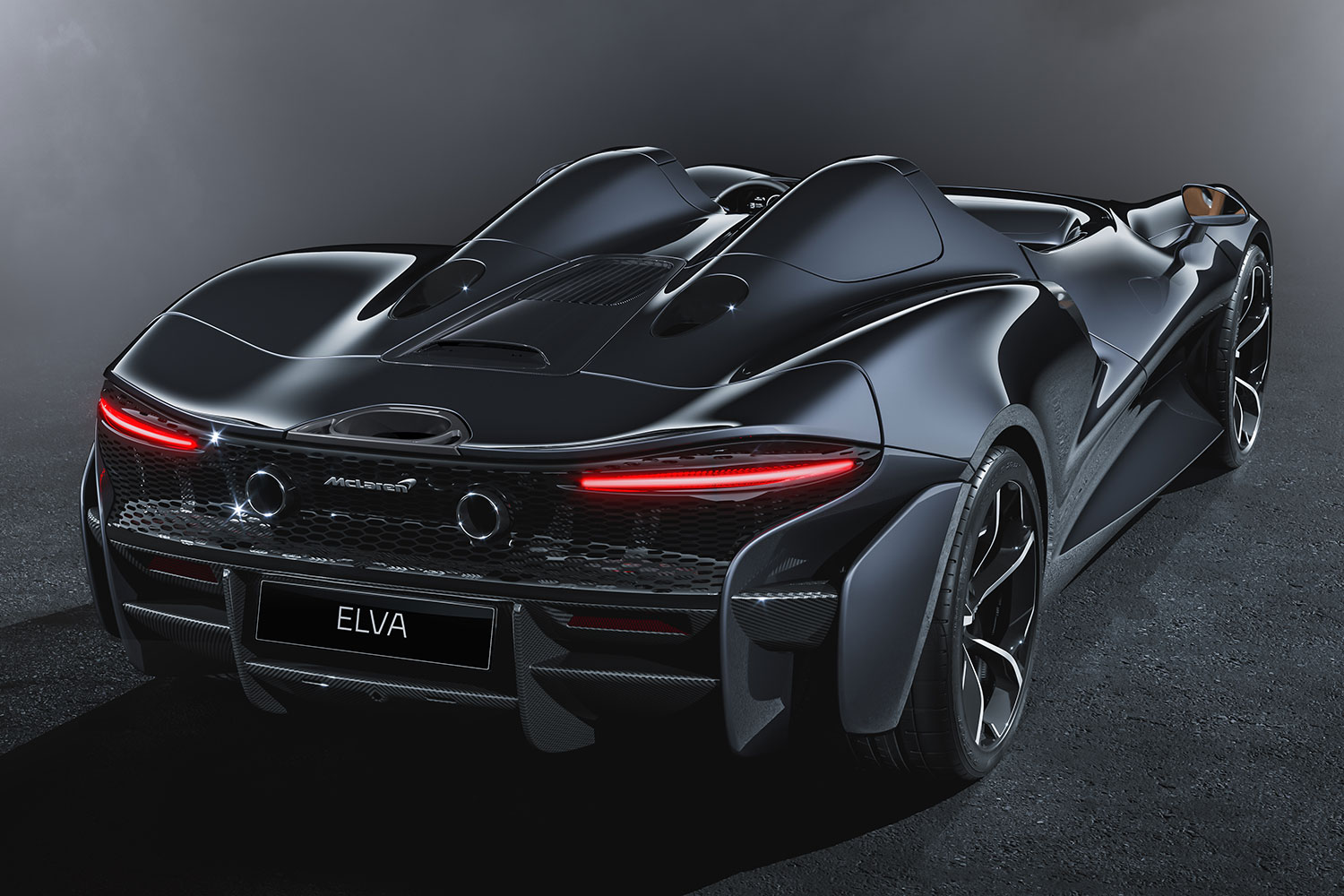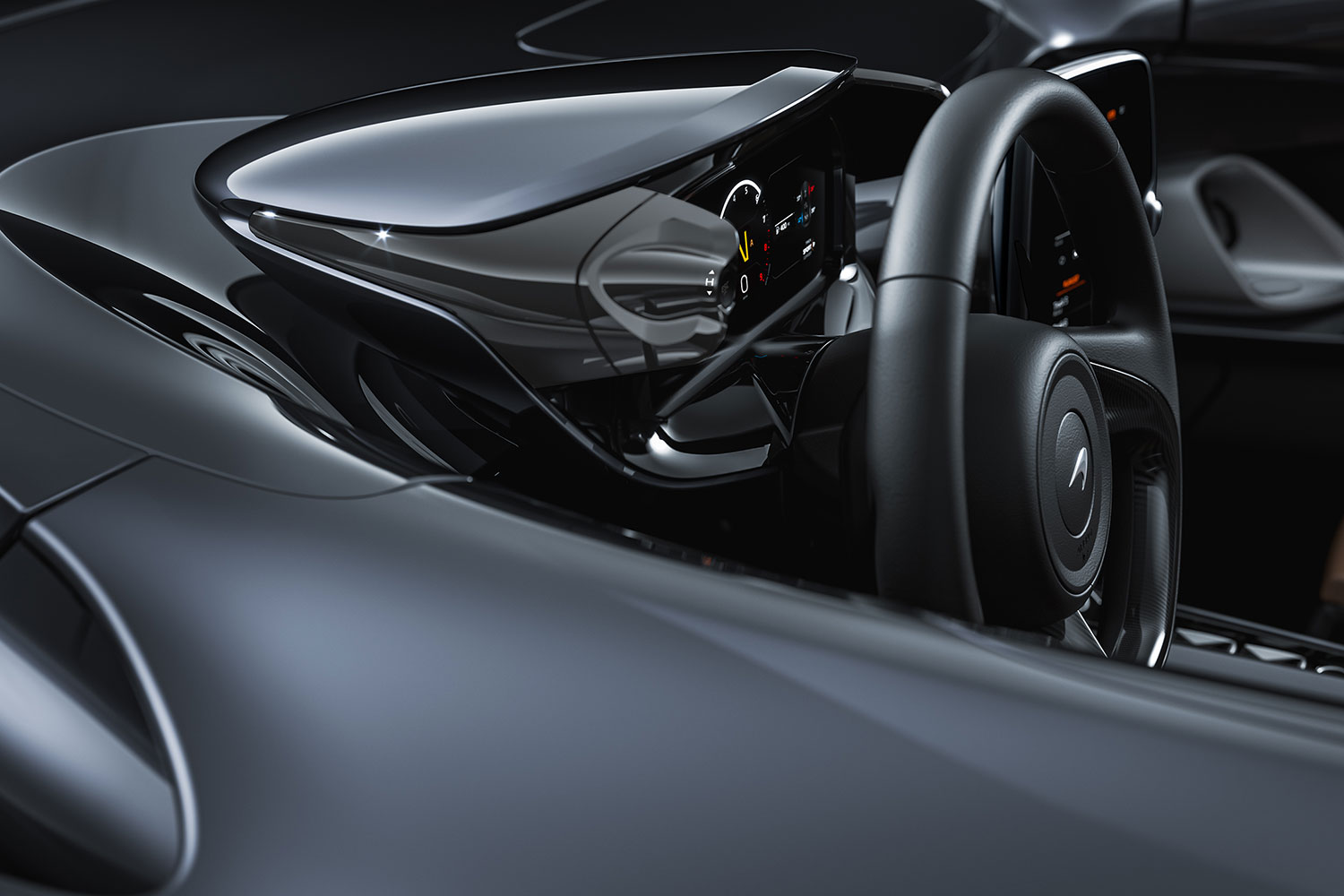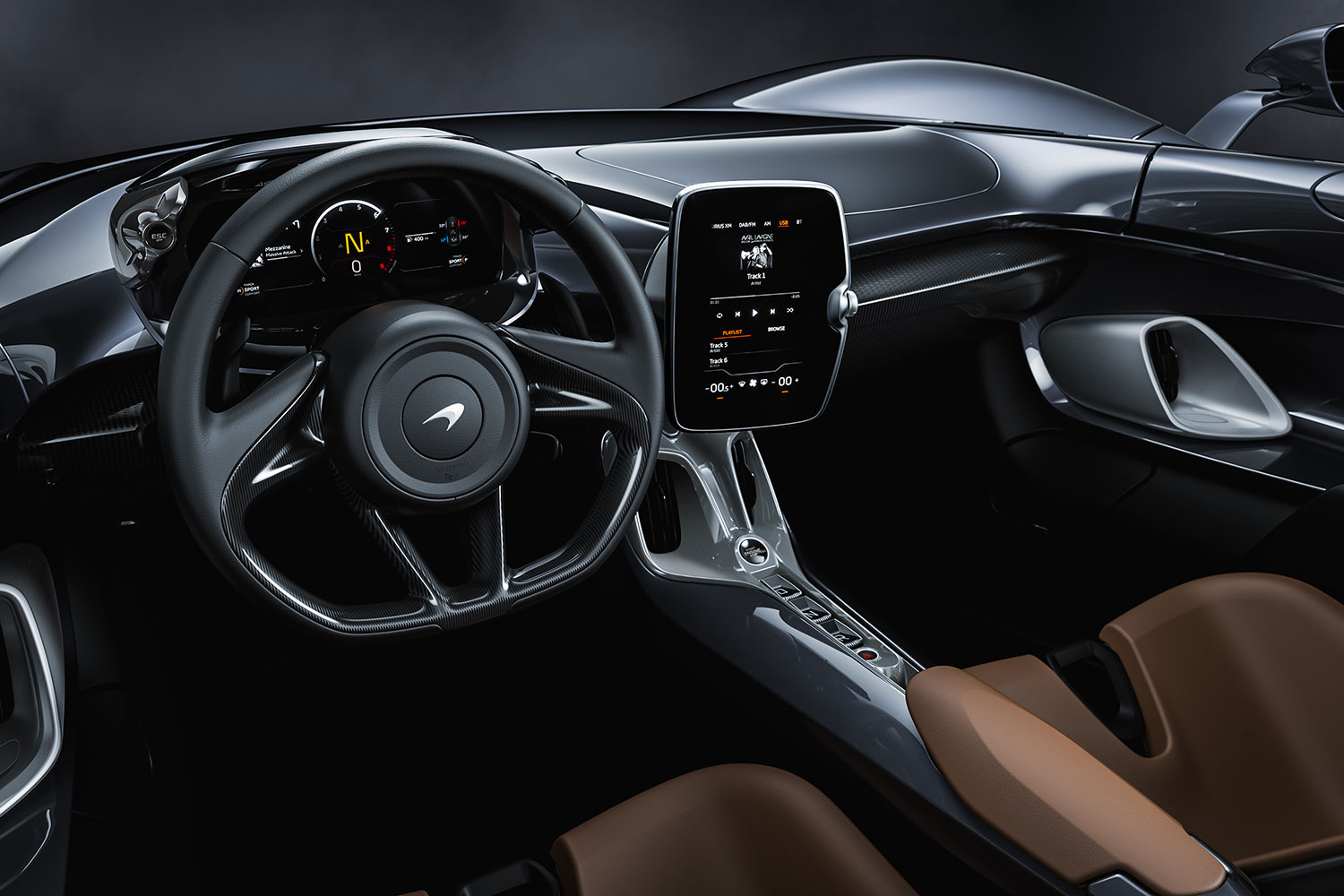It’s getting harder and harder these days for supercar manufacturers to build a truly stand-out product. We’ve come a long way since the ‘80s and early ‘90s when the Ferrari 308 GTS and Lamborghini Countach were the most drool-worthy supercars in town. From the 300-mile-per-hour Bugatti Chiron to the all-electric, 2,000-horsepower Lotus Evija, there’s now a growing list of contenders vying for your discretionary income. All of which is why McLaren is stepping up its game with an all-new, open-cockpit hypercar that demands to be noticed.
The McLaren Elva bears the hallmarks of many of the British automaker’s most iconic hypercars. The 4.0-liter twin-turbo V8 engine pushes 804 horsepower, while also being the lightest road car the automaker has ever produced. Official performance numbers have yet to be confirmed. McLaren is already touting 0-60 mph times of less than three seconds, and just 6.7 seconds to reach the 124-mile-per-hour mark. On paper, at least, that’s faster than the outrageous McLaren Senna.
The most surprising and downright radical design element of the new Elva, however, involves some things that it’s missing. The company engineered the revolutionary hypercar without a roof, windows, or a windscreen. It relies instead on what McLaren calls the Active Air Management System (AAMS) to channel air through the car’s nose, into the clamshell ahead of the driver, then up over the cockpit at high velocity. In tunnel testing, the company confirms this creates a “bubble of calm.” Aside from the system’s cool factor, it also helps to better connect the driver with the car and the open road.
The design pulls heavy inspiration from the first McLaren race cars of the 1960s. Bruce McLaren’s original M1A revolutionized automotive racing at the time. In the ensuing years, the company went on to produce the McLaren-Elva M1A, M1B, and M1C models. The world-class design, engineering, and performance of these first-of-their-kind models formed the basis of the company’s landmark F1 in the 1990s, and, next year, the Elva.
McLaren expects first deliveries of the Elva to begin in late 2020. The production run will be limited to just 399 units, all priced at a whopping $1.7 million. All 500 McLaren Senna’s sold out before the car was even unveiled, so we expect every Elva to be snapped up in record time.
If cashing out your 401(k) for an ultra-exotic auto isn’t an option, the open-cockpit Ariel Atom 4 offers the exhilaration, speed, and performance of a hypercar at a fraction of the price.
Editors' Recommendations
- The McLaren F1: Long live the king of speed
- Gordon Murray T.50 Is a V12-Powered Sequel to the Legendary McLaren F1
- The Recently Revealed McLaren GT is a Road Trip-Ready Supercar
- The 2022 McLaren 570S Spider Offers More Than Just Mind-Blowing Stats
